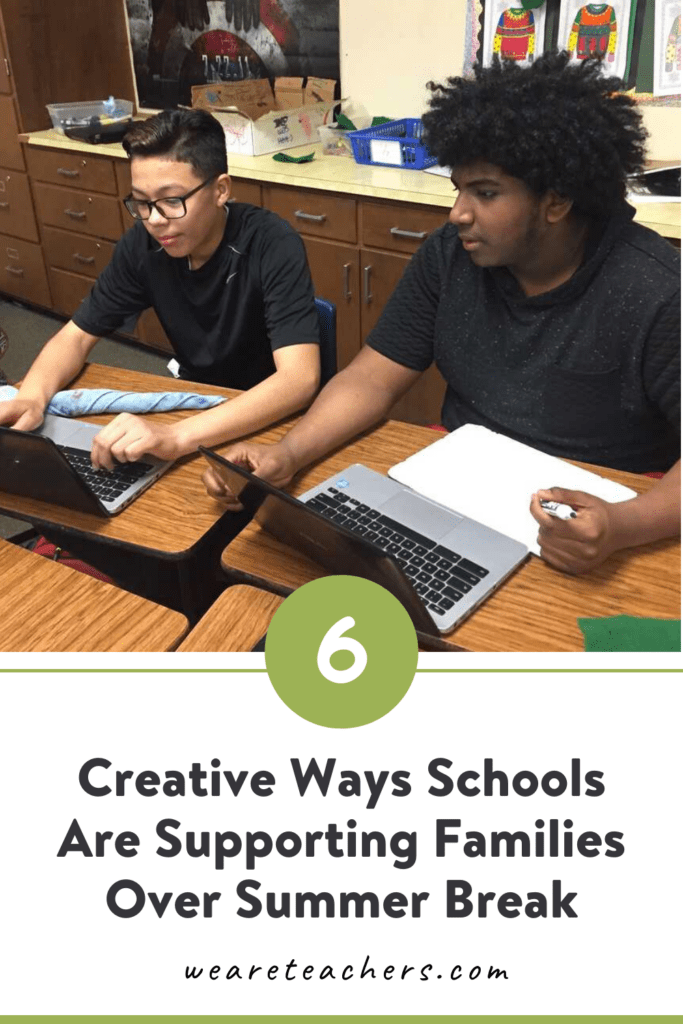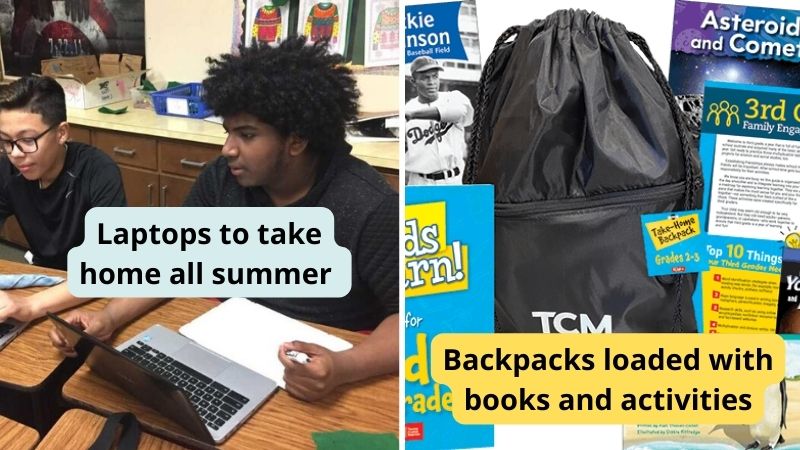For so many children, school is not only the place they go to learn to read and write; it is their safe place. So what happens when summer arrives? Supporting our students both academically and emotionally while they’re on break is critically important, and so many schools have been stepping up to the plate. Here are six ways schools across the country are showing up for their students.
Summer Food Pantries and Meal Service
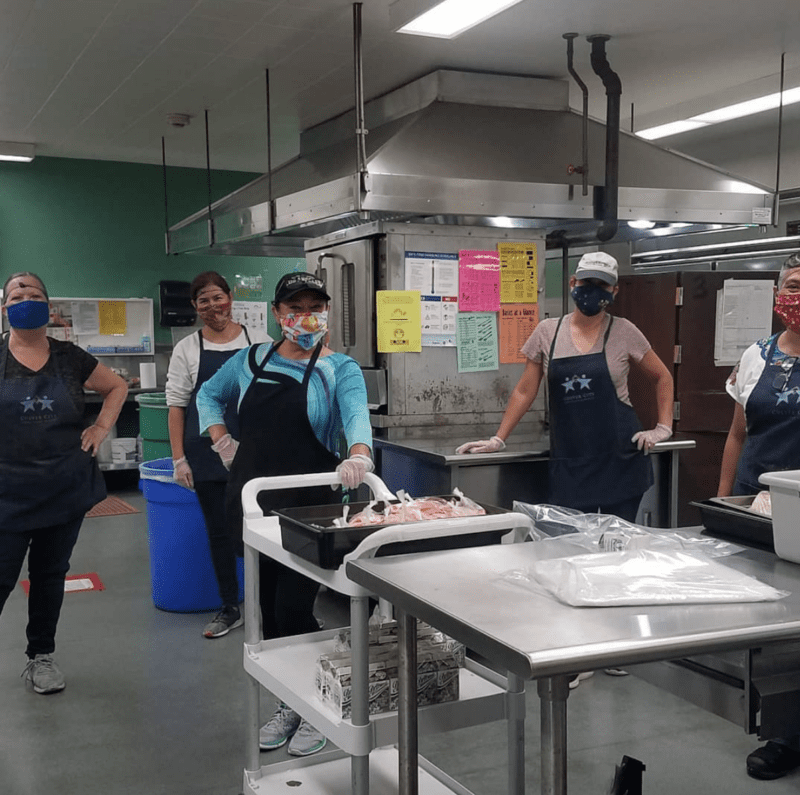
During the height of the pandemic, many families needed help feeding their children. School districts whipped into action and set up food banks to make sure they had high-quality, nutritious food. Many districts have continued the practice for families in need. Schools participating in the Summer Food Service Program across the country provide meals to all children who qualify without charge. Meals are the same for all children regardless of race, color, national origin, sex, age, or disability, with no discrimination in the course of the meal service.
Source: cc_lunchlady
Technology Support
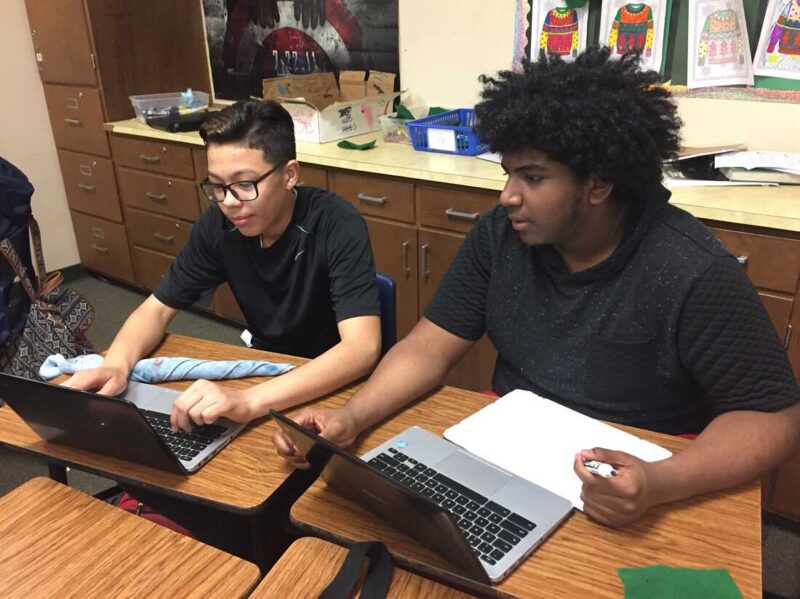
Most school districts these days provide students with an iPad or Chromebook to use in the classroom. And now, many schools are identifying students that may not have devices of their own at home and are allowing them to check out these valuable resources over summer break. Having technology in the home is key to helping our students maintain the skills they’ve acquired and continue to grow as learners.
Source: NPR
Social Meet-ups
One of the things kids miss most over break is the social interaction they have during the school year. Teachers at High Peaks Elementary in Boulder, Colorado, schedule class meet-ups over the summer to give kids a chance to stay in touch and get to know new friends. They provide a schedule with meet-ups on a few different days in different locations over the summer. Attendance is optional, of course, and family-led. The teachers attend the final meet-up of the summer to get the kids excited about back to school.
Some teachers facilitate pen pal matchups for students who want to stay in touch (bonus: writing practice) over the summer. Others provide students with self-addressed stamped postcards and promise to write students back if they receive a note from them.
Guidance for Parents
A big part of supporting students over the summer, especially younger students, is providing support to parents. Oftentimes, parents want to work with their children but don’t even know where to begin. Many teachers at the end of the year send home specific information about each student’s strengths and challenges, what level they are currently at, and recommendations for specific appropriate, quality materials and sources.
Many teachers also curate lists of recommended online activities and resources for students and their families. Resources include cross-curricular apps and websites for academic support as well as fun ideas like virtual field trips, art and music websites, movement activities, and challenges. Other ideas include links to local museums, summer camps, events, and volunteer opportunities.
Academic Support
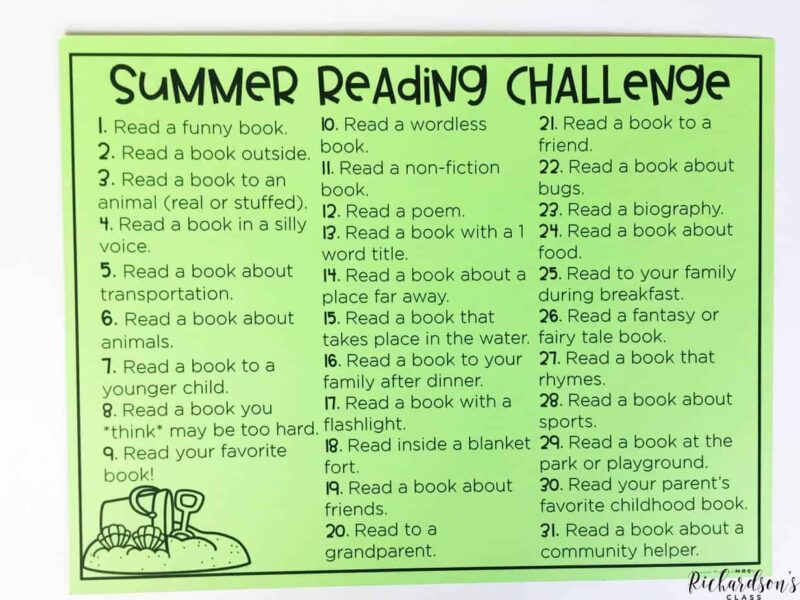
Ensuring that students are reading and writing over summer goes a long way toward helping kids maintain their skills. K-1 teacher Amanda Richardson suggests providing students with a Summer Reading Challenge, like the one shown above. It provides lots of fun ideas so kids can’t use the excuse, “But, I don’t know what to read!” She also suggests sending students off for summer with a reading response journal with a suggested reading list and reading response questions attached. Also, a writing journal with a list of writing prompts glued into the front cover. When the students return to school in the fall, Mrs. Richardson encourages them to bring them back to show her for a prize. She also provides families with information about summer reading programs.
Second grade teacher Melissa James has a make-and-take math kit session with her students before the end of the school year. Together they put together activity kits with things like math game instructions, fraction activities, flashcards, and more. She also checks out math material kits for students who may not have what they need at home with materials like dice, cards, rulers, etc. To support her science enthusiasts, Ms. James also sends home a curated list of online science websites and videos as well as sources for at-home science experiments.
We’d love to hear—how does your school support families over summer break? Please share in the comments.
